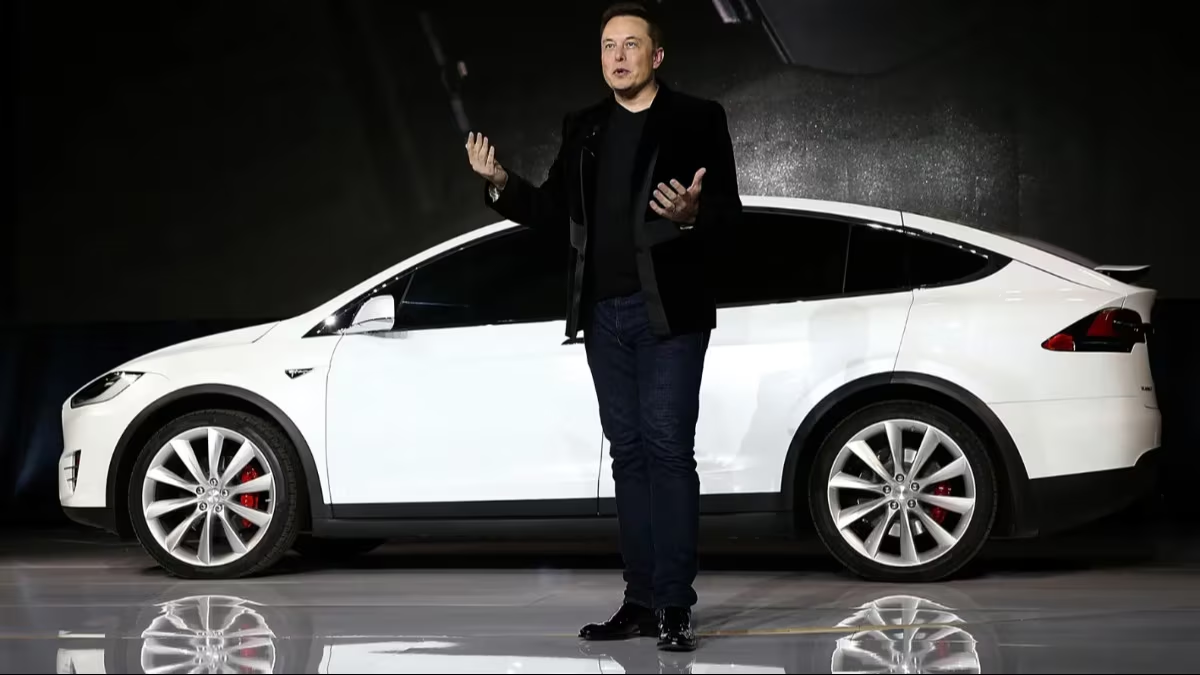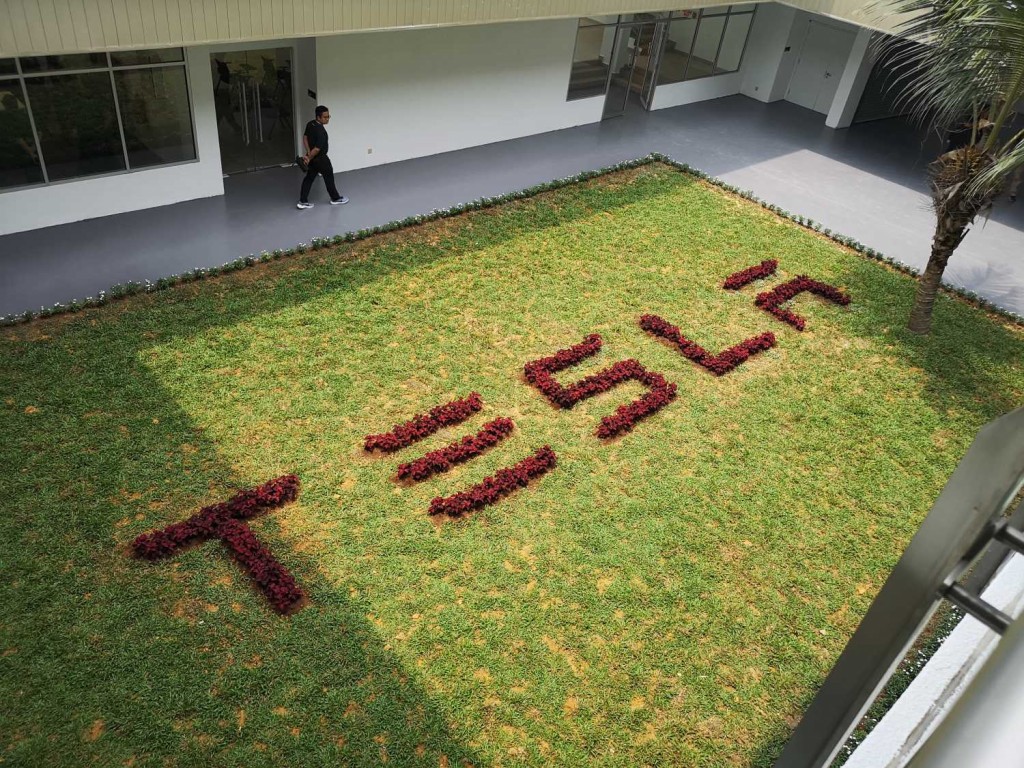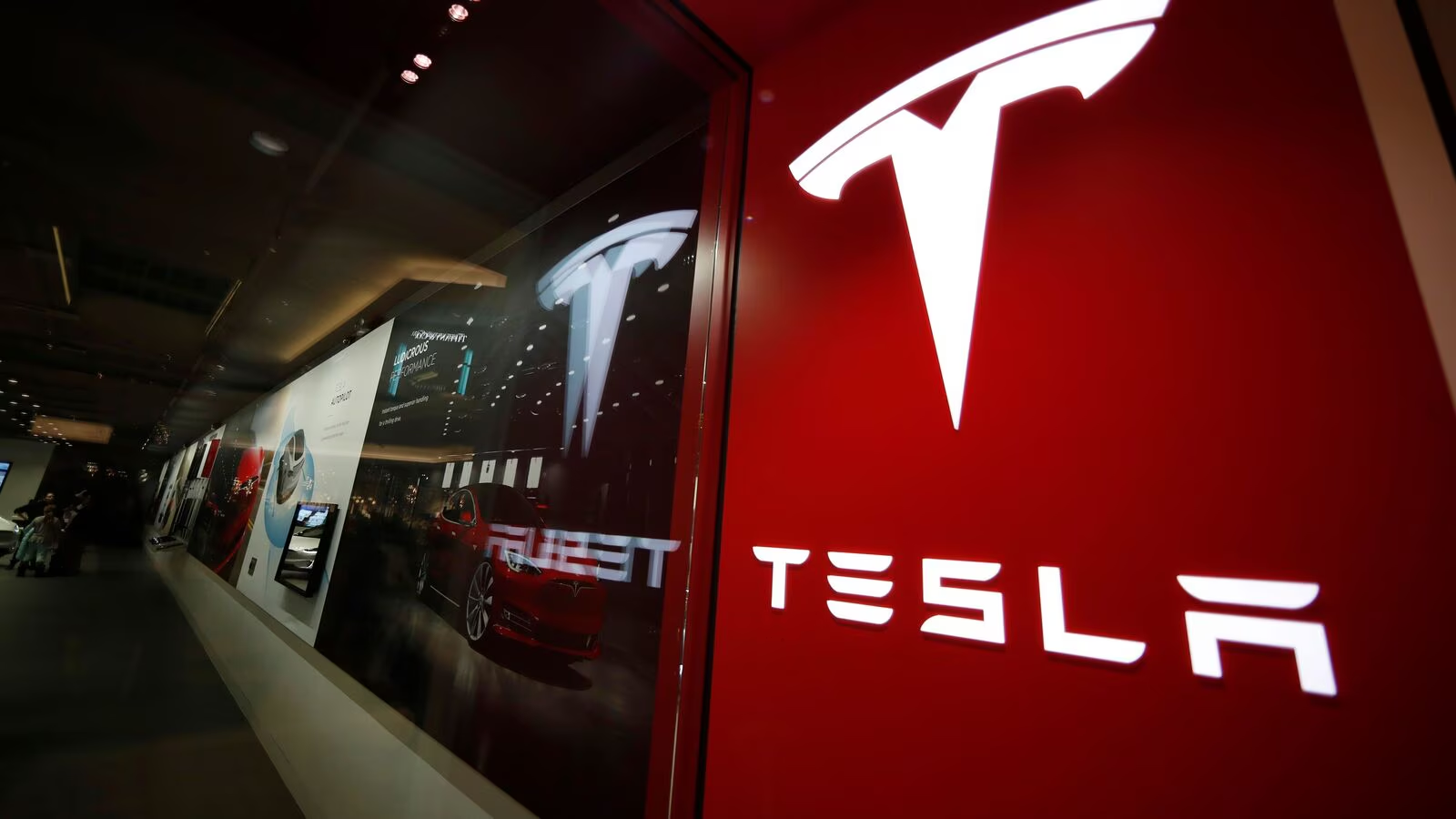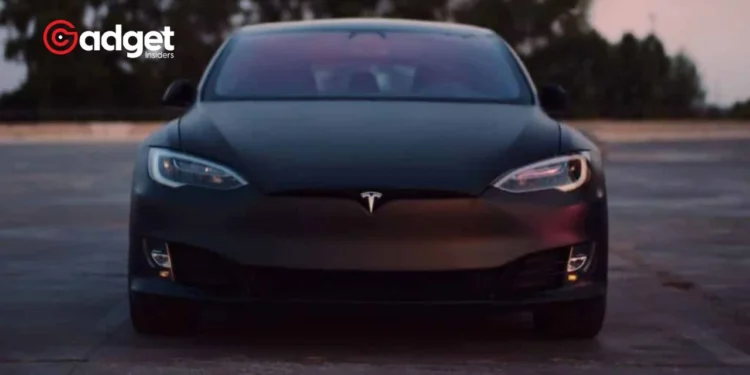Tesla Inc., a global leader in electric vehicle manufacturing, is facing unprecedented challenges as it announces a significant reduction of its workforce by 14,000 positions, constituting over 10% of its employees. This move is part of CEO Elon Musk’s strategy to transform the company into a more streamlined and responsive entity amidst a slow market and increasing competition.

Behind Tesla’s Strategic Job Cuts
The decision was made in reaction to the duplication of positions and functions inside the fast-expanding organization, as communicated in a document that was initially reported by Elektrik. In a statement, Musk said, “There is nothing I despise more than this, but it must be done.”
This will enable us to be lean, innovative, and hungry for the next growth phase cycle.” This realignment aims to enhance efficiency and innovation, preparing Tesla for upcoming market opportunities despite current adversities.
Even though thriving industries are facing pressures requiring operational efficiency, the company has reduced its personnel, which is reflective of broader economic trends.
Under Musk’s goal of a more nimble and focused operation, the firm, which boasts a substantial staff base of 140,473 according to its most recent annual report, is navigating through these transformations to achieve its vision.
Tesla to cut 14,000 jobs as Elon Musk aims to make carmaker ‘lean and hungry’ | Tesla | The Guardian https://t.co/NCMcu50zW7
— Francesco (@francesco212) April 15, 2024
Tesla’s Market Challenges and Financial Performance
The beginning of 2024 has been tough for Tesla. With approximately 387,000 vehicles delivered to customers in the first quarter, the company fell short of market expectations by about 13%—a notable dip marking its first delivery decline in nearly four years.
Contributing factors include unforeseen production hurdles like the recent attacks on shipping routes in the Red Sea and an arson incident at its Berlin factory.

Moreover, Tesla’s financial health has shown signs of strain. In the fiercely competitive electric vehicle market, especially in China, the EV company has had to implement several price cuts to maintain its market share against local giants like BYD and newcomers such as Xiaomi.
These price adjustments have impacted Tesla’s gross profit margin, which plummeted to 17.6% in the fourth quarter of 2023—its lowest in over four years.
Industry Perspective and Market Reaction
Matthias Schmidt, an automotive industry analyst, observed that the job cuts are indicative of a slowing growth pace in the electric car market, a sector not immune to economic downturns.
Tesla’s market value also took a hit, with shares dropping by 5.6% following the announcement, erasing approximately $38 billion from its market capitalization.

Critics of Musk’s leadership, like Ross Gerber, CEO of Gerber Kawasaki, argue that these job cuts underscore deeper issues within Tesla.
“No doubt the combination of a lack of advertising, real competition, and a toxic CEO is a bad mix,” Gerber commented, highlighting the challenges Tesla faces in a still-strong global economy.
Looking Ahead: Tesla’s Strategic Focus
Despite the setbacks, Musk is optimistic about the future, emphasizing the need for periodic organizational refreshes to pave the way for new growth phases.
This approach is mirrored in his statement on X, his social media platform, where he remarked, “About every five years, we need to reorganize and streamline the company for the next phase of growth.”
As Tesla adapts to these new realities, the automotive industry watches closely. The company’s ability to maintain its pioneering role in the electric vehicle market while managing economic pressures will be crucial for its sustained success and influence in the evolving global market landscape.










